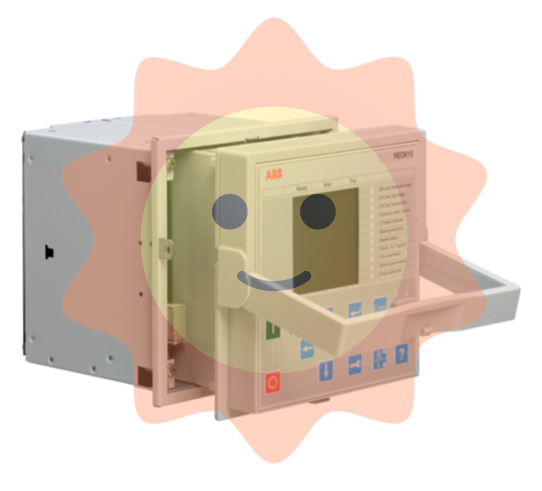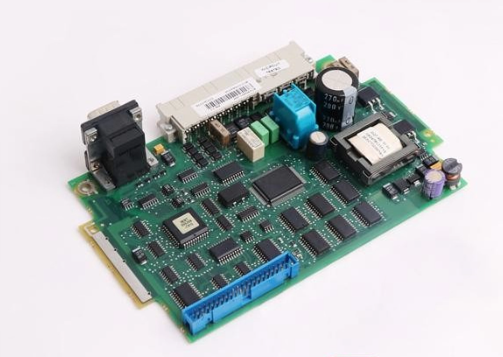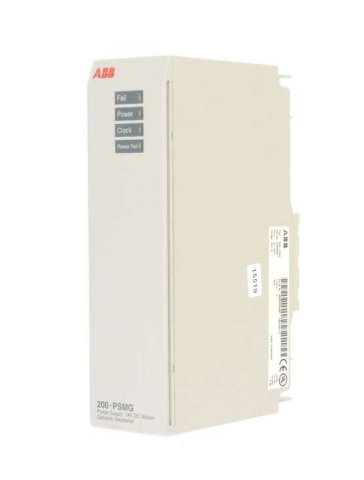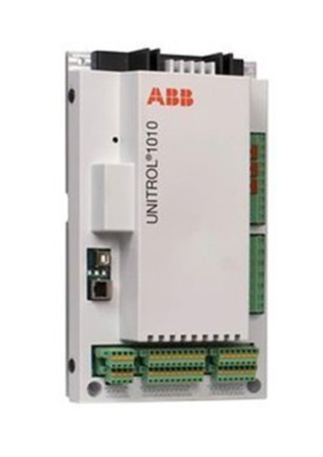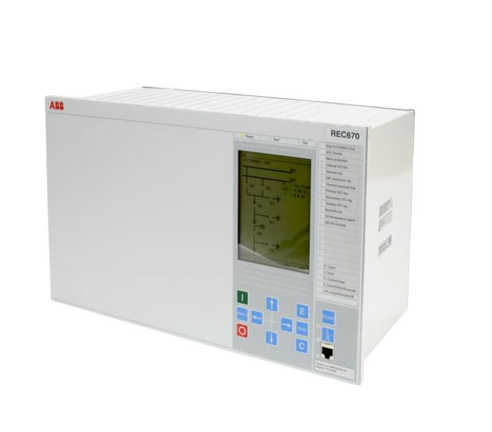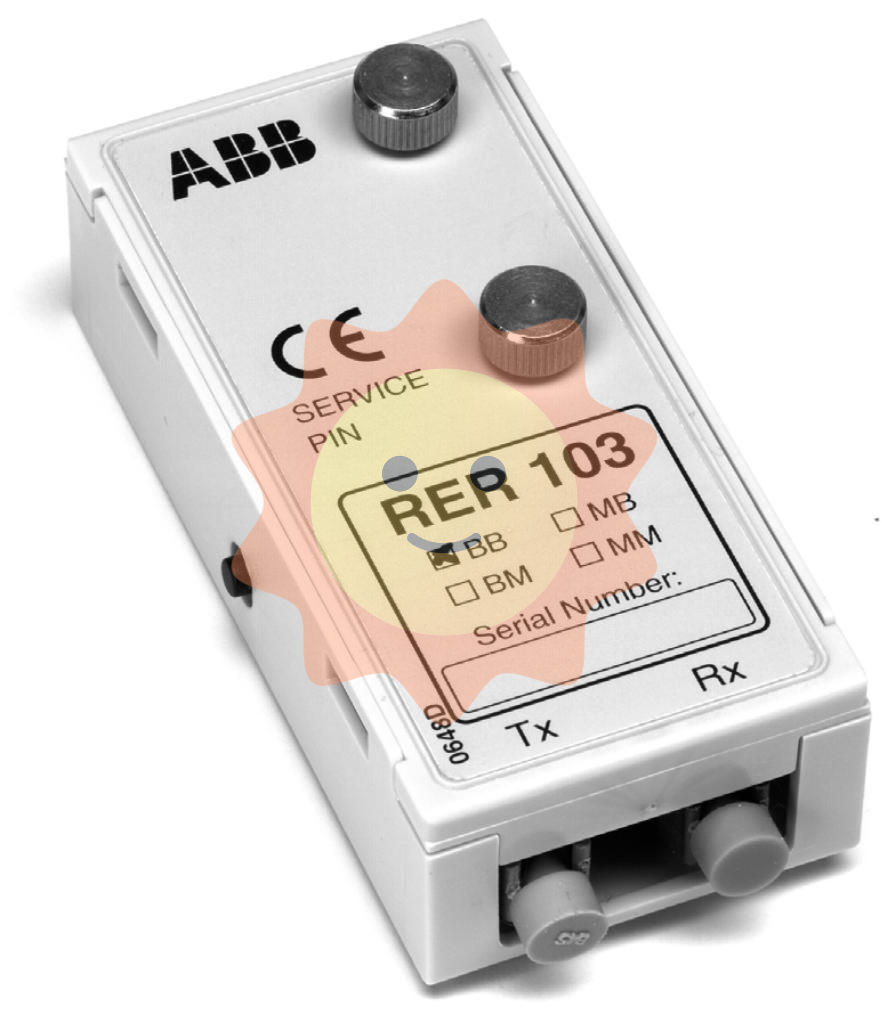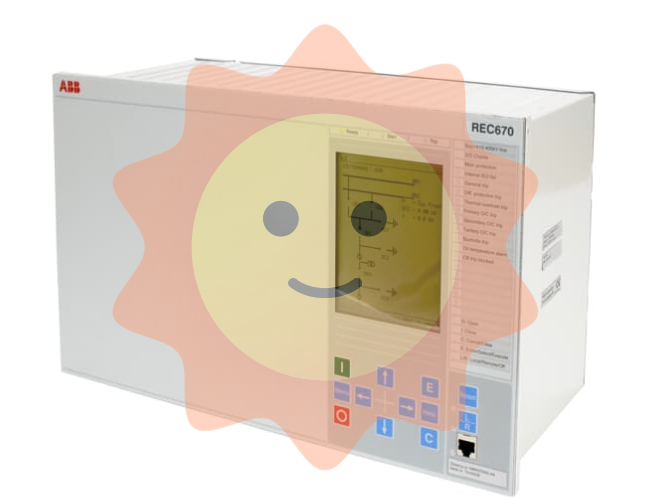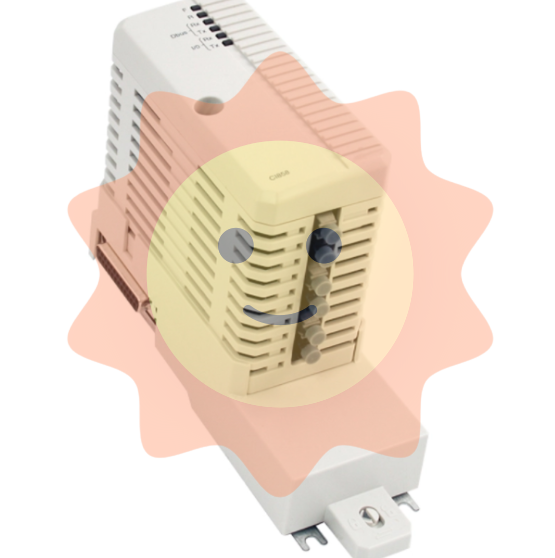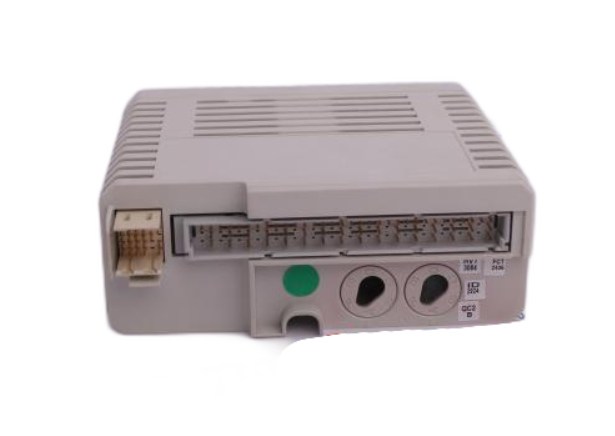Watlow thermocouple products
Material of protective tube: 316 stainless steel (corrosion-resistant), Alloy 600 (high-temperature resistant), diameter 0.125-0.25 inches.
Key parameters: Calibration type J/K, temperature range -200 to 1260 ° C, protective tube length 6-96 inches, supporting 2-10 temperature measurement points.
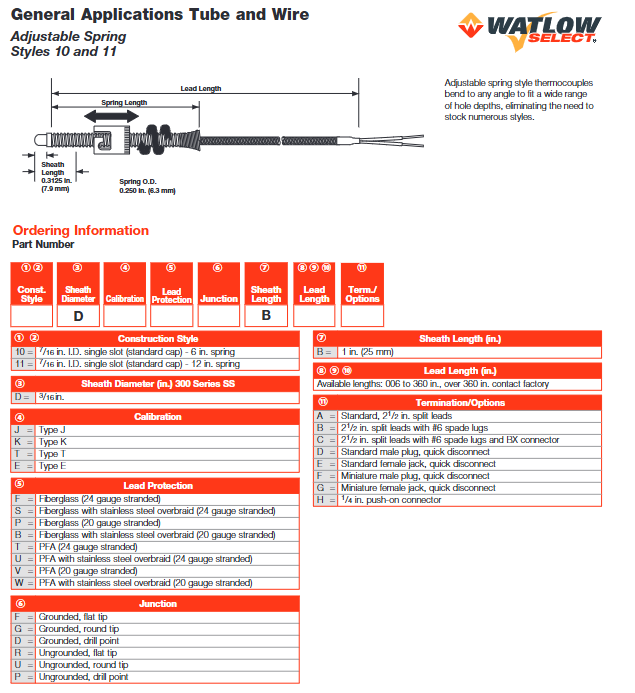
Detailed explanation of core technical parameters
(1) Calibration type and temperature characteristics
Calibration type Material composition Measurement range (° C) Typical error (25 ° C) Applicable environmental precautions
J-Iron Copper (JP-JN) -200 to 760 ± 2.2 ° C or ± 0.75% moisture free, non oxidizing environment. Iron is prone to oxidation, and coarse wire gauge is recommended for temperatures above 540 ° C
K nickel chromium nickel silicon (KP-KN) -200 to 1260 ± 1.5 ° C or ± 0.4% oxidation, neutral environment, sulfur-containing environment is prone to aging, it is recommended to choose N-type
E-nickel chromium copper nickel (EP-EN) -200 to 900 ± 1.7 ° C or ± 0.5% vacuum, inert, slightly reducing environment has the highest EMF output and excellent low-temperature accuracy
Copper Copper Nickel (TP-TN) -200 to 350 ± 0.8 ° C or ± 0.3%. Copper is prone to corrosion in low-temperature, cryogenic, and humid environments, and requires protection in humid environments
N Ni Cr Si Ni Si (NP-NN) -200 to 1260 ± 1.5 ° C or ± 0.4% sulfur bearing, high-temperature oxidation environment anti-aging, instead of K type for sulfur containing scenarios
R Platinum Rhodium 13 Platinum (RP-RN) 0 to 1480 ± 0.6 ° C or ± 0.25% high temperature precision measurement of precious metals, high cost, avoiding reducing environment
S Platinum Rhodium 10 Platinum (SP-SN) 0 to 1480 ± 0.6 ° C or ± 0.25% High Temperature Precision Measurement Same as R Type, More Widely Used
B Platinum Rhodium 30- Platinum Rhodium 6 (BP-BN) 870 to 1700 ± 1.0 ° C or ± 0.5% ultra-high temperature environment with low temperature output, requiring high temperature start-up
(2) Response time and influencing factors
The response time is defined as the time it takes for the sensor to reach a step temperature change of 63.2% (T63), and the core influencing factors are:
Sheath diameter: The smaller the diameter, the faster the heat conduction and the shorter the response. For example:
0.02 inch mineral insulation type: Grounding junction<0.02 seconds (in still water).
0.125-inch mineral insulation type: grounded for 0.5 seconds, ungrounded for 1.1 seconds (in still water).
0.25 inch rigid sheath: grounded for 2.2 seconds, ungrounded for 4.1 seconds (in still water).
Junction type: Grounded junction (welded to the sheath) has the fastest response, followed by exposed junction, and ungrounded junction (insulated from the sheath) has the slowest response.
Medium type: The response in liquid is faster than that in gas (liquid has high thermal conductivity), such as 0.032 inches grounded in still water for 0.02 seconds and 0.07 seconds in flowing air.
(3) Wire resistance and wiring
Wire specifications: commonly used 20-28 gauge, double wire structure, resistance value (at 20 ° C):
Line 24 gauge: J-type 0.928 Ω/double foot, K-type 1.49 Ω/double foot, T-type 0.768 Ω/double foot.
Line 20 specifications: J-type 0.367 Ω/double feet, K-type 0.589 Ω/double feet, T-type 0.304 Ω/double feet.
Wiring suggestion: For long distances (>100 feet), a thick wire gauge (such as size 20) should be selected to avoid signal attenuation caused by excessive wire resistance; Shielded twisted pair cables are used to interfere with the environment, with the shielding layer grounded at one end (controller end).
Selection and Installation Guide
(1) Selection process (four step method)
1. Determine the temperature range of the operating conditions
Maximum temperature: Choose K/N type for 1200 ° C, R/S type for 1500 ° C, and B type for 1700 ° C.
Minimum temperature: For example, T type is selected for -196 ° C (liquid nitrogen), and J/K/E type is selected for -200 ° C.
2. Analyze environmental conditions
Medium characteristics: corrosion (choose 316 stainless steel/PFA coating), sulfur-containing (choose N-type), vacuum (choose E-type), radio frequency interference (choose TR type).
Installation space: Narrow space (choose MICROCOIL) ™/ 0.02 inch MI type), pipeline (choose Style 72), surface (choose Style 74/75).
Vibration and pressure: high vibration (choose MI type), high pressure (choose Style AT+casing).
3. Determine installation and signal requirements
Installation methods: perforation (Style 10/11), threading (Style 23/24), pipe clamp (Style 72), clamping (Style 74).
Signal types: analog signal (universal/MI type), digital signal (EXACTSENSE) ®)、 Multiple measurement points (multi-point type).
4. Verify additional requirements
Protection level: IP65 (choose NEMA 4X model), explosion-proof (choose Style AR explosion-proof connector).
Wire length and terminals: Long distance (choose thick wire gauge), plug and play (choose Style AC plug type).
(2) Key installation precautions
Junction installation:
Grounding structure: Ensure good welding with sheath, suitable for corrosive and high-pressure environments, and avoid grounding loops (multi-sensor common ground).
- EMERSON
- Honeywell
- CTI
- Rolls-Royce
- General Electric
- Woodward
- Yaskawa
- xYCOM
- Motorola
- Siemens
- Rockwell
- ABB
- B&R
- HIMA
- Construction site
- electricity
- Automobile market
- PLC
- DCS
- Motor drivers
- VSD
- Implications
- cement
- CO2
- CEM
- methane
- Artificial intelligence
- Titanic
- Solar energy
- Hydrogen fuel cell
- Hydrogen and fuel cells
- Hydrogen and oxygen fuel cells
- tyre
- Chemical fiber
- dynamo
- corpuscle
- Pulp and paper
- printing
- fossil
- FANUC
- Food and beverage
- Life science
- Sewage treatment
- Personal care
- electricity
- boats
- infrastructure
- Automobile industry
- metallurgy
- Nuclear power generation
- Geothermal power generation
- Water and wastewater
- Infrastructure construction
- Mine hazard
- steel
- papermaking
- Natural gas industry
- Infrastructure construction
- Power and energy
- Rubber and plastic
- Renewable energy
- pharmacy
- mining
- Plastic industry
- Schneider
- Kongsberg
- NI
- Wind energy
- International petroleum
- International new energy network
- gas
- WATLOW
- ProSoft
- SEW
- wind
- ADVANCED
- Reliance
- YOKOGAWA
- TRICONEX
- FOXBORO
- METSO
- MAN
- Advantest
- ADVANCED
- ALSTOM
- Control Wave
- AB
- AMAT
- STUDER
- KONGSBERG
- MOTOROLA
- DANAHER MOTION
- Bently
- Galil
- EATON
- MOLEX
- Triconex
- DEIF
- B&W
- ZYGO
- Aerotech
- DANFOSS
- KOLLMORGEN
- Beijer
- Endress+Hauser
- MOOG
- KB
- Moxa
- Rexroth
- YAMAHA


Email:wang@kongjiangauto.com





























































































